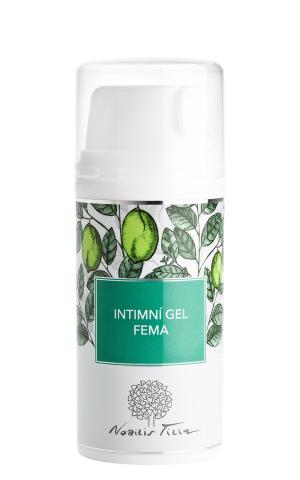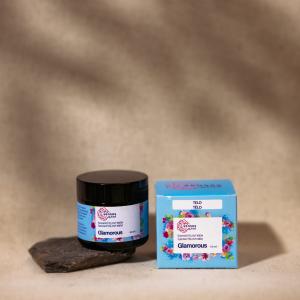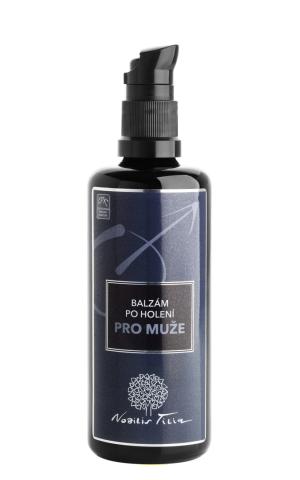Chinese ash (Fraxinus chinensis)
Harm score: 1 (Natural substances)
The Chinese ash (Fraxinus chinensis) is a deciduous deciduous tree. It is native to China and Taiwan, but can also be found in Japan and Korea. Locally, it is often found on mountain slopes and valleys where it occurs in large numbers. For medicinal use, the leaves and bark are collected, then dried, and used in traditional Chinese medicine. It is a large tree that can reach a height of up to 30 metres. During the summer it is covered with large, fan-shaped, dark green leaves and its flowers are small and light green.
The Chinese ash tree is mainly used in the medicinal and cosmetic fields, as evidenced by its other names such as the winter ash, the overwintering ash or Mu Zei. The bark, which is collected in spring, is used medicinally to treat pain, inflammation and kidney infections. The tree's leaves contain flavonoids, which have anti-inflammatory properties and promote heart and vascular health. In cosmetics, it is used for its ability to improve skin conditions, for example in the treatment of eczema, psoriasis or acne. In China, it is also used as livestock feed and is also popular as an ornamental as well as a shade tree. Because of its high resistance to pests and diseases, it is often planted in urban areas.
You won't find this substance in our products. Try the natural, chemical-free products in our range.

BB cream Like
Product detail
Fema Intimate Gel
Product detail
Whipped Body Cream SENSES - Glamorous 60ml
Product detail